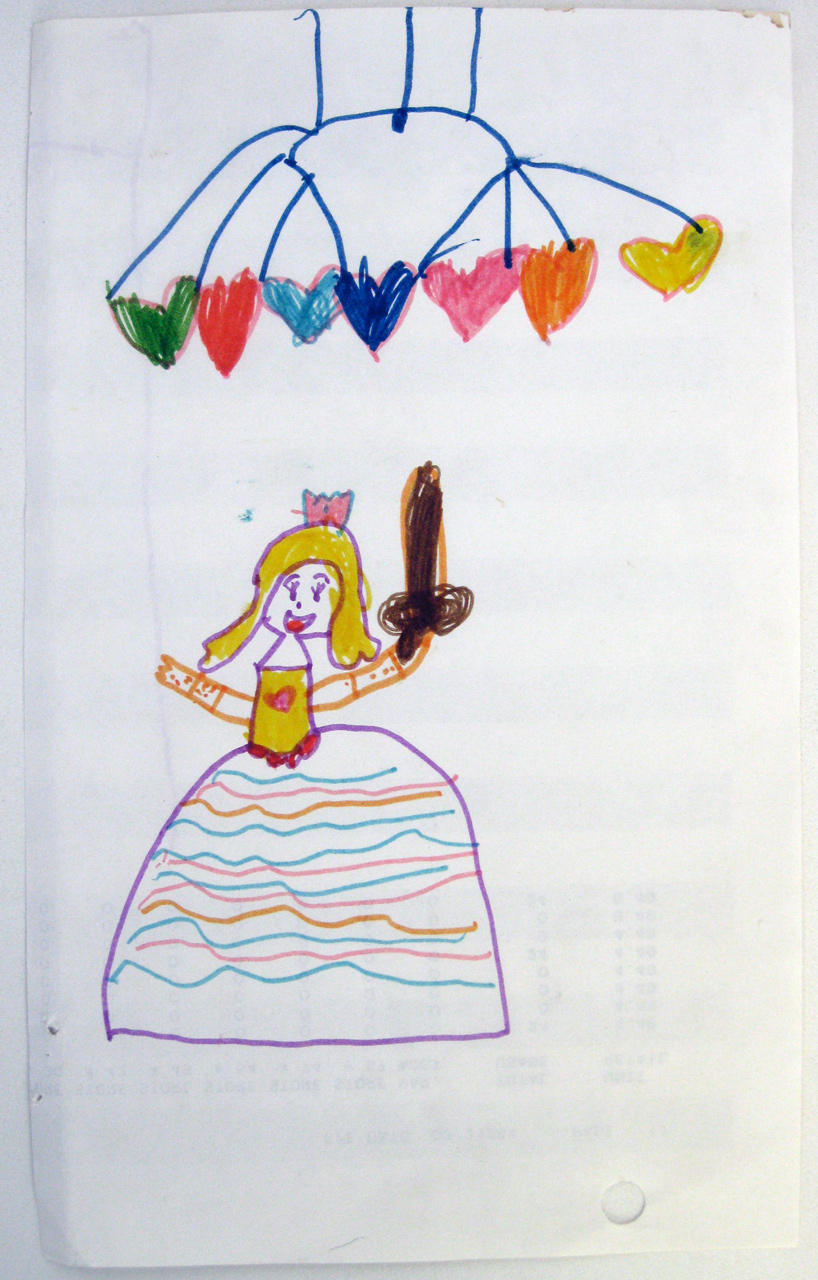Norman B Colp, Open Book
Permanent Collection Gallery
November 26 - January 24
The Commuter's Lament or a Close Shave, 1997, tunnel between the Port Authority and Times Square subway stations
Last Laugh
The first time I encountered “conceptual art,” was as a young artist studying in San Francisco. To me, it was a revelation -- as if the world had finally unbuttoned its collar and let loose a thousand years of pure intellect and repressed humor. Threads of identity, pathos, revisionism and slapstick were pulled together using none of the typical artistic mediums. A radical departure from the norm, conceptual artists examined non-traditional methods of creating art, using language and text, cognition and action and the sort of visual tropes that were useful not as images in and of themselves, but as tools to advance the plot. Duchamp’s “readymades” turned art-making conventions on their ear and the dictums laid out by Clement Greenberg fueled a generation of artists who sought to dematerialize the object. For Norman B Colp (1945-2007), conceptualism was his métier. He used it the way a painter uses their favorite brush.
The first time I encountered “conceptual art,” was as a young artist studying in San Francisco. To me, it was a revelation -- as if the world had finally unbuttoned its collar and let loose a thousand years of pure intellect and repressed humor. Threads of identity, pathos, revisionism and slapstick were pulled together using none of the typical artistic mediums. A radical departure from the norm, conceptual artists examined non-traditional methods of creating art, using language and text, cognition and action and the sort of visual tropes that were useful not as images in and of themselves, but as tools to advance the plot. Duchamp’s “readymades” turned art-making conventions on their ear and the dictums laid out by Clement Greenberg fueled a generation of artists who sought to dematerialize the object. For Norman B Colp (1945-2007), conceptualism was his métier. He used it the way a painter uses their favorite brush.
 |
| Steam: My View from P.S.1., 2001, mutoscope |
From Hogarth to Richard
Prince, the use of text and text-based imagery as an artistic strategy has produced
decades of art world witticisms that link the visual and the verbal. Within
this same sphere, Colp’s art examined language, humor, sequentiality and
minimalism in works that bounced from the ambiguous bon mot to various forms of
austere commentary. His best known work, Commuter's
Lament or a Close Shave, commissioned by New York City’s MTA in 1997,
continues to amuse weary commuters as they traverse the underground corridors
linking the Port Authority and Times Square subway stations. A poem of sorts,
here Colp’s dry wit was inspired by the ubiquitous roadside ads for Burma-Shave that dotted the Midwest. He cajoles his fellow New Yorkers to laugh a little at the drudgery of daily routine. The work culminates with the image of tossled bedsheets -- an ode to the sleep deprived.
Colp's oeuvre included handmade artist books, accordian books and flipbooks as well as sequential photographic essays, one of a kind sculptures, installations and postcards. In the 1990s, his flipbooks became the inspiration for a series of artist mutoscopes (above). Invented in 1894 by Hermann Casler, the mutoscope is a device in which images can be viewed on a mechanical spinning wheel which, like a flipbook, gives the illusion of movement. Colp's interest in notions of time resulted in numerous projects that possess an accumulative affect, as if time is passing within the work itself. Artist, teacher, humorist and unlikely poet, Norman B Colp leaves a smile on the world through enduring works of wit and poignancy.
Colp's oeuvre included handmade artist books, accordian books and flipbooks as well as sequential photographic essays, one of a kind sculptures, installations and postcards. In the 1990s, his flipbooks became the inspiration for a series of artist mutoscopes (above). Invented in 1894 by Hermann Casler, the mutoscope is a device in which images can be viewed on a mechanical spinning wheel which, like a flipbook, gives the illusion of movement. Colp's interest in notions of time resulted in numerous projects that possess an accumulative affect, as if time is passing within the work itself. Artist, teacher, humorist and unlikely poet, Norman B Colp leaves a smile on the world through enduring works of wit and poignancy.
J M Goleas, curator
Please join us for the opening reception on December 4, from 2-4pm.


















